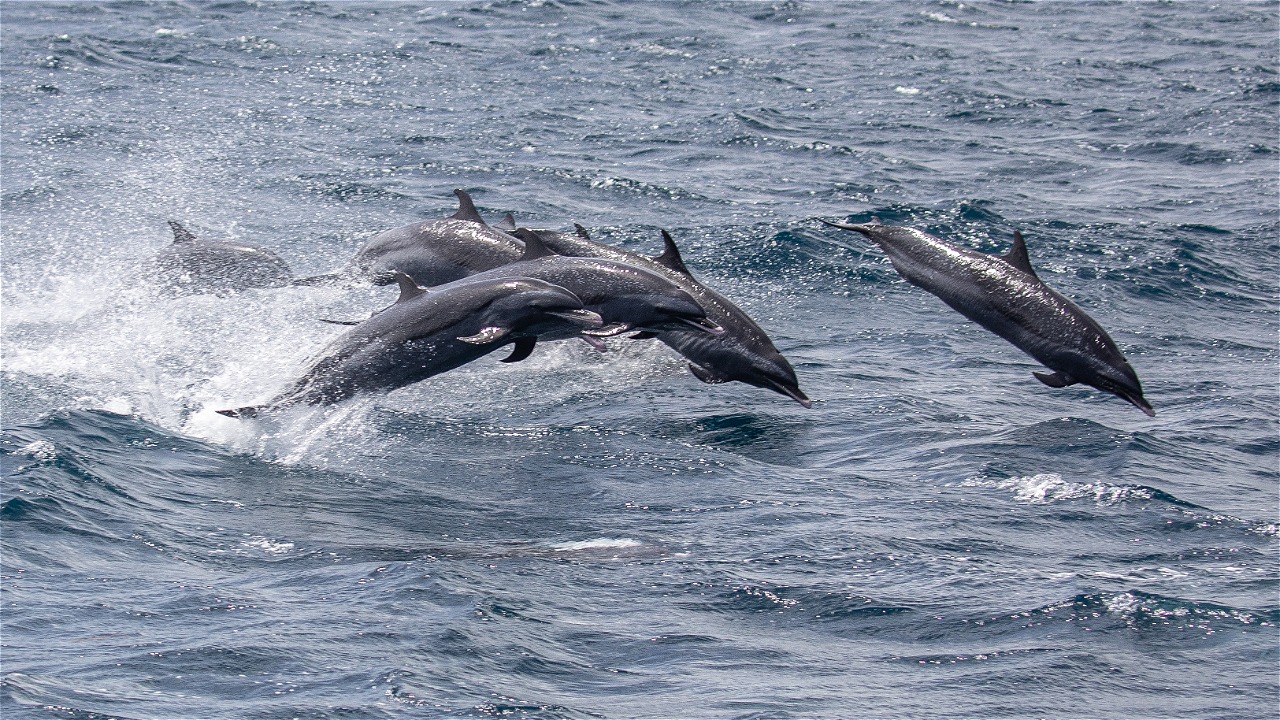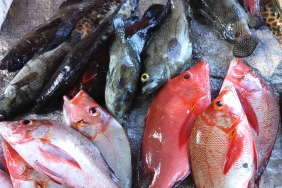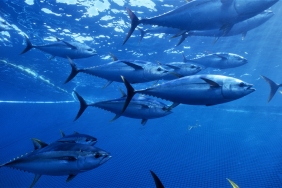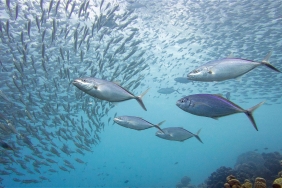DOLPHINS, HUMAN-RESCUING MAMMALS
By: Nisa Syahidah (WWF-Indonesia)
Today, I tailed the last data collection of the ground team in Langara Bajo Village, Wawonii Island, Konawe Islands Regency. When viewed from the air or we look on the map, Wawonii Island has a unique shape like a heart (taro). The island is divided into seven sub-districts in the cardinal direction, one of which is West Wawonii, which we visited.
Wawonii Island is a four-hour sea journey from Kendari, with a ferry sailing daily. We disembark early in the morning at the village. The fish market in Langara Bajo Village is already quite busy, even though some residents stayed up late last night on the stage of the third anniversary event of Konawe Islands Regency.
We gathered at the stilt house of Mr. Makmur, the Head of Hamlet 3, cheering as his son-in-law harvested mangrove crabs (Scylla sp) to boil and take with us. That morning, the traditional leader of Langara Bajo, Mr. Mustamin, sat with us and told us a lot about his experience at sea since 1979.
"The Bajo believe that dolphins are human saviors," he says. "In this village alone, there are three fishermen who are still alive today after having drowned at sea, and survived because of lummu (dolphins)."
First, there was Nasir from Baho Village, who drowned at night in Menui Waters while sailing from Menui Island to Kendari. He clung to a dolphin that brought him ashore. The second was Habiran, a fisherman sailing from Langara to Flores. The other was Rokul, who was sailing back to Wawonii.
"Adinda, in nature there are two ways for fishermen to find out where the fish are. By following seabirds, and dolphins," said Mr. Mustamin. Especially for fishermen who want to catch tuna, simply look for pods of dolphins. Because, where there are dolphins, that's usually where the tuna are clustered.
Dolphins are human saviors. This relationship is actually mutualism. Because humans are also able to save dolphins, so that they will still exist in the future.




